Intern Weekly Response: Trendswatch 2017

Every week we’re asking our summer interns to share some thoughts and responses to various experiences and readings. This week we asked them to choose one of three articles from the Center for the Future of Museums Trendswatch 2017! To read more posts from JMM interns, past and present, click here.
Supporting Migrants at a Small Scale Museum
By Exhibitions Intern Tirza Ochrach-Konradi
“Reshaping the World: Migration, Refugees, and Forced Displacement,” is an article out of Trendswatch, a publication of the Center for the Future of Museums, about how museums can more effectively support and include migrants. The piece stresses that migration is at an all-time global high since directly after WWII, and concurrently anti-immigrant sentiment is also reaching a zenith.
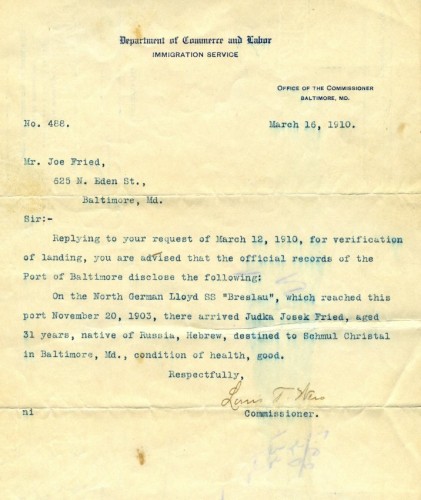
The Jewish Museum has a particular imperative to work to support the cause of migrant groups. In this social climate where anti-immigrant sentiment is high and people are convinced that the different traditions and ideas immigrants bring will erode the strength of the US, the Jewish Museum provides examples of an immigrant community which has both maintained its own culture and participation in and strengthened the existing community. The Jewish Museum aims to collect and share the stories of Jewish Maryland. The story of the Maryland Jewish population is one of migration, assimilation, and preservation of culture. The museum is based on the idea that these histories that are particularly Jewish should be saved and celebrated.

I had the opportunity to attend the Naturalization ceremony that the Jewish Museum held on national refugee day. It was a great way for the museum to support and connect to the immigrant communities in the Baltimore area. Not only is the ceremony in clear support of immigrants it also introduces the individuals that participated to the Jewish museum as a resource. I wish that the article gave examples of what else smaller museums or museums with a very specific focus, like the Jewish Museum, can do to support migrant groups. The examples give in the article, which included designing exhibitions around global migration and providing direct programing and support services to migrants are not attainable with Jewish Museum’s infrastructure.
Not All Questions Have Answers
By Education Intern Erin Penn
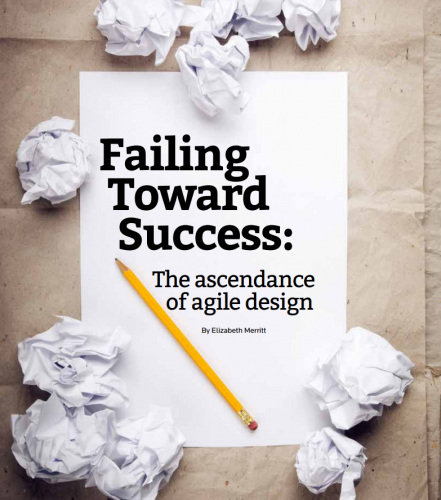
While reading “Failing Toward Success: the ascendance of agile design,” there were a few points that truly resonated with me. First, the article states in the future a “report card may be sprinkled with Fs that laud little failures.” Today pressure engulfs students to maintain a perfect GPA: even a report card sprinkled with Cs is a failure. But if this article is right, grades and test scores will just be building blocks instead of death sentences. In addition, this article argues that minor mistakes can reap huge rewards. For instance even in a small risk there is still much to learn. Both these insights are important to me as a student and an intern.
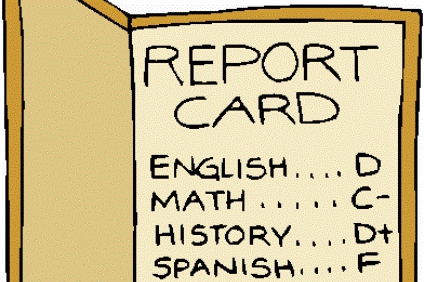
student’s hard work and not hold such a negative connotation.
On one hand, this article motivated me to push myself to make mistakes and try new things. However, I still wonder how perfectionism and failure will change in the museum world. First, with historic museums and exhibits about the past, shouldn’t several years of preparation be allowed? Can museums afford to lose an audience by taking risks that alter the fabric of the institution? Will these small changes really have a domino effect to elicit huge change in museums? This trend is an interesting and poignant shift and it’s ok that these questions do not have answers.
The JMM’s Push for Empathy
By Education Intern Sara Philippe
A Mile In My Shoes describes the growing lack of empathy in the United States and suggests that museums can and should have a role to play in making sure their work actively attempts to increase visitors’ empathy. I often notice evidence of the trend of the empathy deficit as groups of people become more segregated and closed off from people of different opinions, backgrounds, etc. While I think technology has the potential to foment rather than decrease empathy in its users, I also believe that social media often serves to further segregate people, creating “homogenous bubbles,” as the article describes. However, when technology is used in spaces like museum that are specifically motivated to create connection.
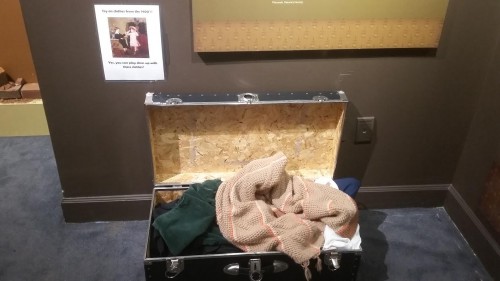
The article discusses the success many museums have in employing the human capacity to empathize. For example, the Lower East Side Tenement Museum in New York City found that empathy, more than anything else, was what allowed people to connect to the exhibits they viewed. In my time at the Jewish Museum thus far, empathy has also loomed large. Though it is not necessarily specifically mentioned, much of the work that goes into designing educational supplements to the exhibits revolves around finding the best ways for visitors to viscerally connect with what they view in the exhibits. One of the main focuses I have noted in creating a successful tour or educational resource is an appeal to empathy. What matters most is not that the visitor share a similar ethnic or religious background to those they are learning about in an exhibit, but rather that they are shown how such a background does not and should not have to pose any barrier to empathy and compassion. Both of the JMM’s exhibits currently on display do a good job of appealing to such sensibilities by making the voices and words of its protagonists central to the visitors’ experience.
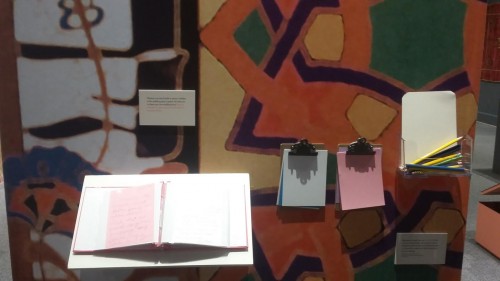
How I gained empathy at the Holocaust Museum
By Exhibitions Intern Ryan Mercado
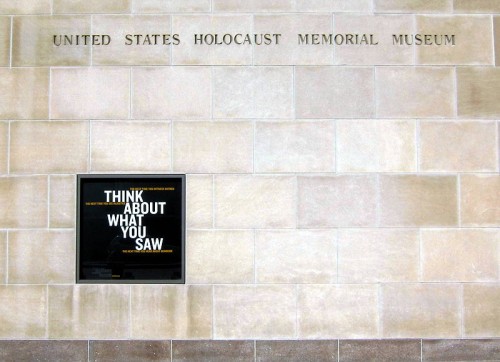
This week, we interns were asked to read articles from the Center for the Future of Museums Trendswatch 2017. I chose an article entitled “A Mile in my Shoes: Closing the Empathy deficit.” This article is about how more and more people are becoming less empathetic to other people and their experiences, and how museums are places where people can gain empathy for other groups. Such is the mission of the Jewish Museum of Maryland, where we help people to understand Jewish life and understand where we come from. For me, this article really struck a personal note for me. As some of you know, I am not Jewish by birth, but a Jew by choice. I began my conversion to Reform Judaism last year and while I was going through the earlier parts of this process, one thought in particular came to my head many times: How does a non-Jew understand and gain empathy for certain aspects of Jewish life, such as the Holocaust. I had no family members involved in that terrible event so I can’t understand a personal connection like so many Jews do. In comes the Holocaust Museum in DC.
Part of a class back in College was a Saturday trip to the US Holocaust Memorial Museum in DC. It was my first visit to the famous Museum. By that time I had already decided I would become Jewish so this visit only seemed logical. I did not expect the powerful visit I had. Throughout my visit I learned about topics and events and people I never knew. I saw things that made me think. The most impactful moment of that day was when I walked into a room and before me was a clay model of Jews being marched into the gas chambers. My mind could not take any more of that and I went to the corner of the room and began whipping tears away. That simple clay model struck a chord with me. I could see expressions of sorrow, of fear, of death in those clay figurines. I finally began to understand the scope and pain that happened so long ago.
I won’t say that I now know what it feels to be personally affected by the Holocaust like many Jews do, but that visit struck a chord. It allowed me to get empathy for an event I normally would not have had. In this case, The Trendswatch article was right; Museums are a place to gain empathy, sometimes in the form of sorrow, sometimes in the form of appreciation, such as at places like the Museum of the American Indian. I still have much to learn about the Holocaust and much more empathy and understanding about that sensitive topic. Perhaps I’ll gain more empathy in a future trip to Yad Vashem.
Empathy & Museums
By Collections Intern Amy Swartz
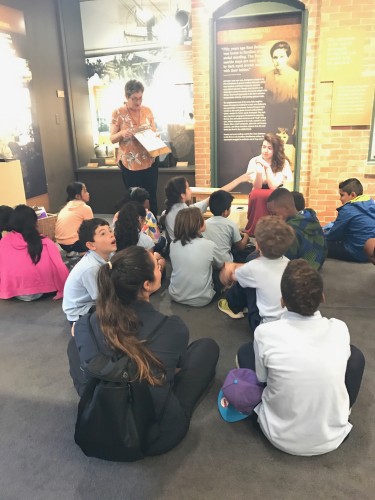
This week I read an article named A Mile in My Shoes: Closing the Empathy Deficit which spoke about empathy or more, the lack thereof in America’s current culture and how museums can be a way to introduce or foster empathy. I found this article as a way to reexamine the purpose of museums. Often when one thinks about a museum they think about the art, the artifacts, the history. Yet one usually forgets that these exhibits that showcase these artifacts and art are creating a dialogue between the visitor and the context. This dialogue is important to help develop connections; whether they are between the past and present, different communities, or different ways of life.
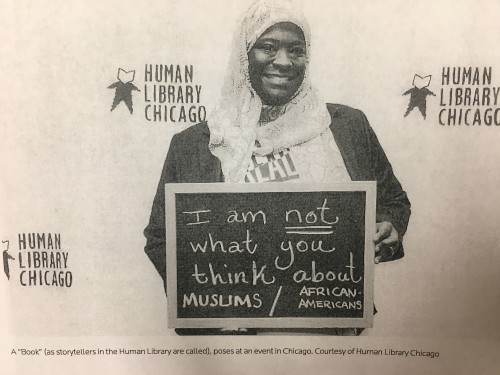
Museums such as the Jewish Museum of Maryland help to bridge cultural gaps, helping viewers to relate to Jewish experiences even when they are not Jewish. However, I think one of the major challenges museums face in bridging the gap on empathy, particularly in regards to different social classes, races, religions, etc., is getting visitors from different backgrounds to visit. It is important to have collections and museums that showcase different minorities or groups that are often sidelined in larger museums. However, how much do these museums increase empathy or understanding when only people belonging to that sect visit? Or more specifically, how can the JMM build trust and empathy when only those of a Jewish background (and thus those who already having an appreciation or understanding of the Jewish culture and religion) visit? I think this is one of the many challenges museum today face when trying to create exhibits and spaces for understanding and cross-cultural experiences.
The Role of Museums in Teaching Empathy
By Collections Intern Joelle Paull
The assertion that “museums’ inherent strengths position them to be effective ‘empathy engines’” is a compelling one. However, the article “A Mile in My Shoes: Closing the Empathy Deficit,” from the Center for the Future of Museum’s 2017 Trendswatch, never fully explains how these “empathy engines” run. The strength of the article is the amount of data on the increasing loss of empathy in society. It presents a persuasive argument for a change in education, the justice system, health care, and range of practices. Despite this research, the article fails to explain where museums fit into this picture.
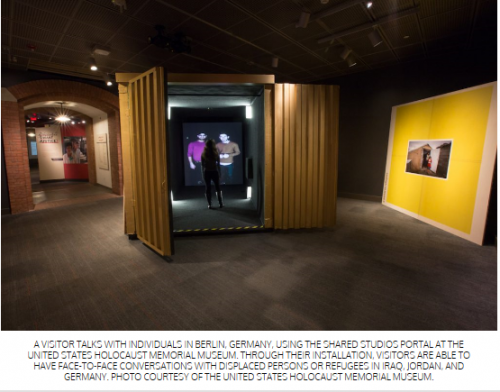
The examples given are museums like the Empathy Museum and the Museum of Broken Relationships, which have opened in the recent years with the goal of encouraging visitors to look past differences and divisions. But can art museums and history museums teach empathy? What was perhaps more interesting than these examples was the statistic that found that students after one visit to the Crystal Bridges Museum of American Art “exhibited increased ‘historical empathy’ and high levels of tolerance.” This data supports the claim that museums can function as “empathy engines,” yet stops there. Still lacking is a discussion of museum curatorial and educational practices that foster the increasing ability to empathize among visitors. The question remains, what makes museums vehicles for change and key players in “closing the empathy deficit.”
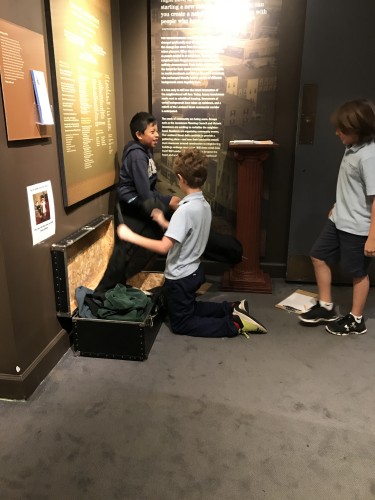
Museums have the benefit of being at the cross section of many of the issues the article discusses. Art museums like Crystal Bridges have wide ranging collections, many objects dealing with identity, social justice, or even simply offering a historical perspective. History museums, which deal in narrative, similarly engage the visitor in a dialog.
